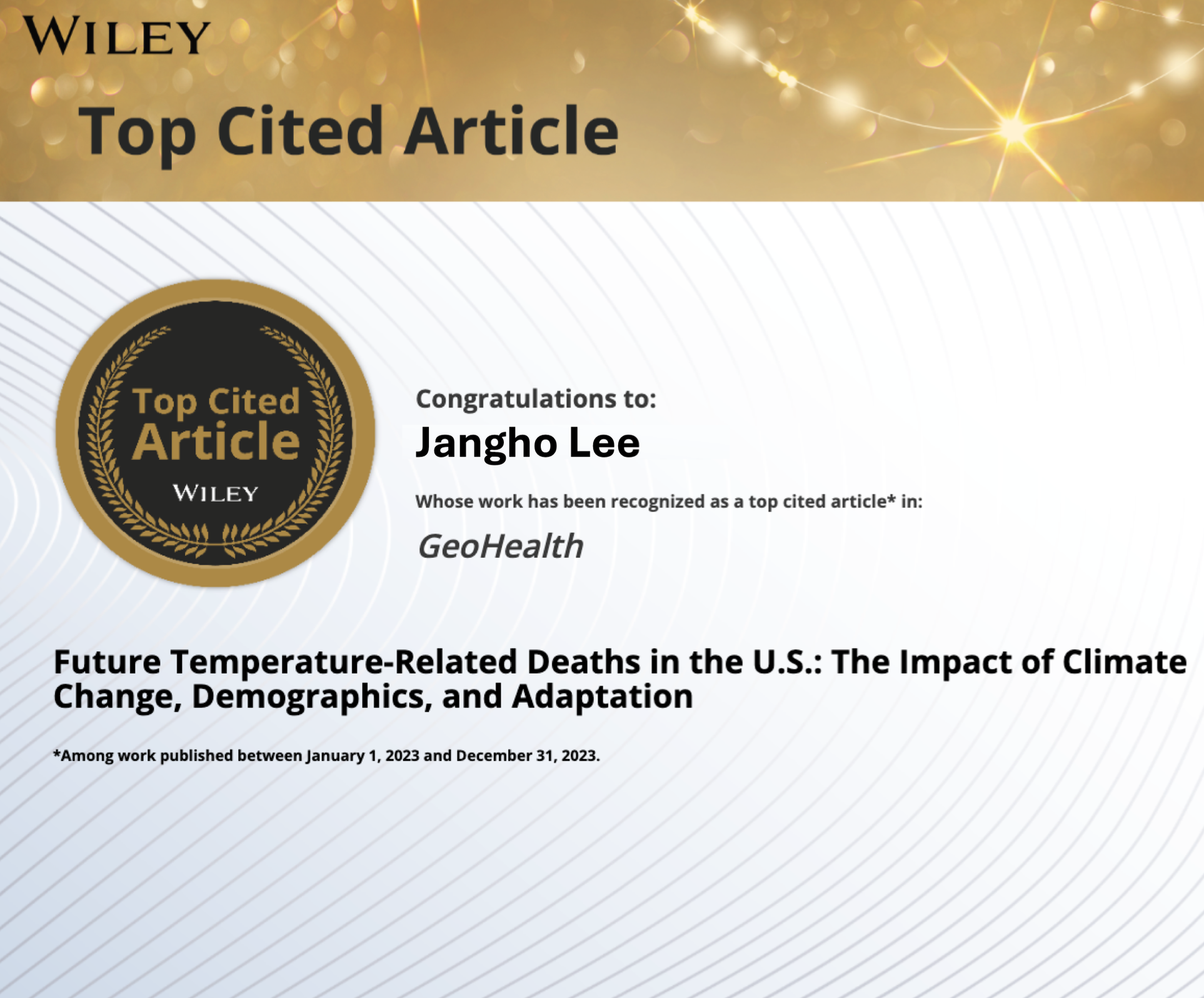About Me
I am a Postdoctoral Researcher working in University of Illinois Chicago. I am working in a Community Research on Climate and Urban Science (CROCUS) project, in conjunction with Argonne National Lab (ANL).
I am an atmospheric scientist, interested in climate informatics, remote sensing, and data analysis. My work analyzes climate data from various sources, such as remote sensing data, reanalysis data, and station-based measurements. With those data, I use climate modeling and advanced statistical and machine-learning methods to enhance our understanding of urban climate, and further integrate our climate knowledge with multiple socioeconomic sectors.
Featured Updates



